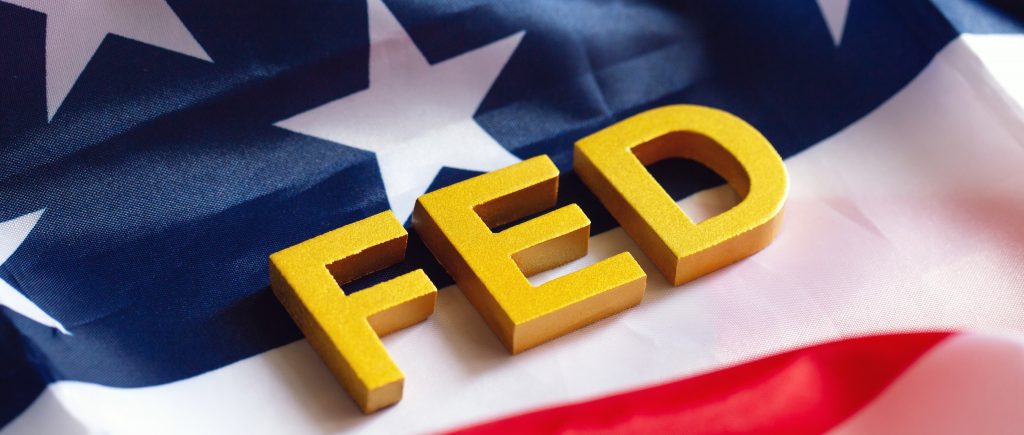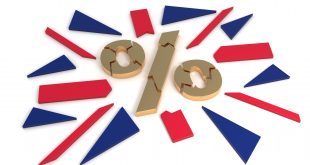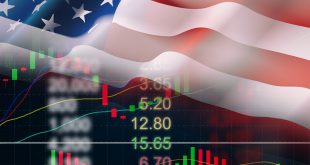As President Donald Trump narrows his shortlist for the next Federal Reserve chair, the implications stretch far beyond interest rates—they could redefine the trajectory of the U.S. dollar, Treasury yields, and equity markets. With Jerome Powell’s term ending in May 2026, five contenders are in the running, each carrying a distinct vision for monetary policy at a time when global markets are hungry for clarity.
A Weaker Dollar, Volatile Yields, and a Divided Fed
The U.S. dollar has already shown signs of softening in anticipation of a more dovish Fed. Since early 2025, the greenback has slipped against major currencies as investors price in potential rate cuts. Meanwhile, Treasury yields have become increasingly erratic, reflecting uncertainty over the Fed’s next moves and the broader macroeconomic outlook.
Trump’s preference for looser monetary policy is no secret. His top contenders—Kevin Warsh, Kevin Hassett, Rick Rieder, Michelle Bowman, and Christopher Waller—offer varying degrees of alignment with that stance. But the choice of chair could determine whether the Fed accelerates toward aggressive easing or maintains a cautious, data-driven path.
Kevin Warsh: The Disruptor
Warsh, a former Fed governor, is pushing for what he calls a “regime change” at the central bank. He believes current policies are stifling growth and distorting markets. Warsh favors deep rate cuts and a rapid selloff of the Fed’s balance sheet, including Treasury and mortgage-backed securities. While this could initially push yields higher, he argues it would restore long-term market discipline and reduce the Fed’s footprint in capital markets.
Kevin Hassett: The Pragmatist
Hassett, a former White House economic adviser, supports a more measured path to easing. He advocates for rate cuts guided by economic data, not political pressure. However, his close ties to Trump raise concerns about the Fed’s independence. Markets may welcome his transparency, but any perception of politicization could weigh on the dollar and spook bond investors.
Rick Rieder: The Market Technician
Rieder, a seasoned Wall Street executive, wants the Fed to act swiftly to unfreeze financial conditions. He supports yield curve control—a controversial strategy where the Fed caps long-term interest rates by directly intervening in bond markets. This could lower borrowing costs and boost equities, but it risks distorting price signals and undermining investor confidence in the Fed’s neutrality.
Michelle Bowman and Christopher Waller: The Institutionalists
Bowman and Waller, both current Fed governors, represent continuity. Waller emphasizes a cautious, data-driven approach, warning against premature easing that could reignite inflation. Bowman, while previously vocal on housing issues, has also expressed concern about the broader economic risks of aggressive rate cuts. Their presence on the shortlist suggests Trump is weighing stability alongside disruption.
What’s at Stake for Markets
The next Fed chair will inherit a complex landscape: inflation that remains sticky, growth that’s losing steam, and markets that are hypersensitive to policy signals. A dovish pivot could weaken the dollar further, compress Treasury yields, and lift equities—especially in rate-sensitive sectors like tech and real estate. Conversely, a more hawkish or cautious stance could stabilize the dollar but dampen risk appetite.
Ultimately, Trump’s decision will ripple across global markets. It’s not just about who leads the Fed—it’s about how that leadership reshapes the balance between growth, inflation, and financial stability.

 Noor Trends News, Technical Analysis, Educational Tools and Recommendations
Noor Trends News, Technical Analysis, Educational Tools and Recommendations




